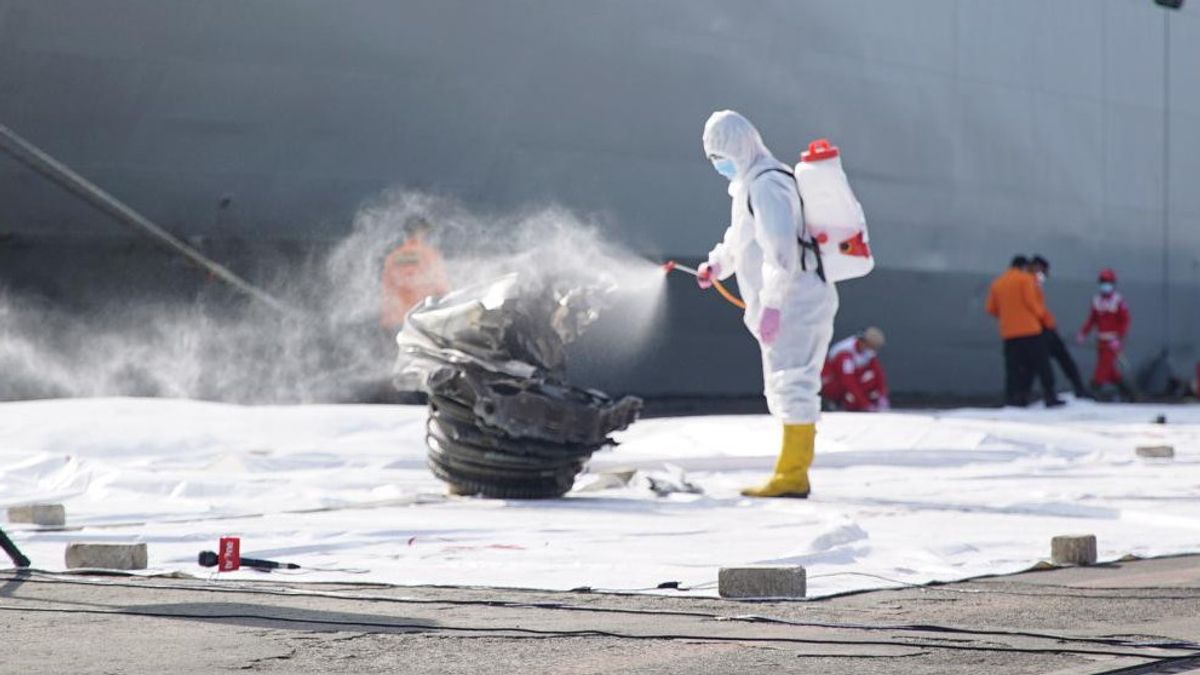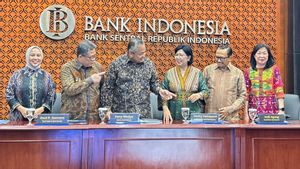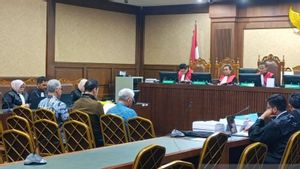JAKARTA - Entering the third day of the crash of a Sriwijaya Air plane with flight number SJ-182 in the waters of the Thousand Islands. The crash site of the plane carrying 63 passengers was around Male Island and Lancang Island, getting serious attention from the public and the government.
Deputy Chairman of Commission V of the DPR RI Ridwan Bae said that his party was investigating further to understand the real problem. According to him, this incident was the cause of a government policy allowing the operation of old aircraft.
"In Indonesia, there is a view that our aviation problem is a bit vulnerable. Therefore, we must talk about age and low-cost aircraft, ”Ridwan explained to VOI, Monday, January 11.
The warning has actually been issued by the Federal Aviation Administration (FAA). The United States aviation supervisory agency has said that the Boeing B737-500 aircraft specification used by Sriwijaya Air is a problematic fleet.
In fact, the Boeing 737-500 is a version with smaller dimensions than other products of the classic 737 class. Engine improvements made the 737-500 able to fly longer distances with fewer passengers.
Like most commercial aircraft, the Boeing 737-500 uses a turbofan type engine. Summarizing the information from Boeing's official website, here is a description of the turbofan engine used in the Sriwijaya Air SJ-182 crash.
 Get acquainted with Turbofan Engines
Get acquainted with Turbofan EnginesA turbofan or fanjet engine is a type of jet airbreathing engine. Currently, this type of engine is most widely applied to commercial aircraft. The word turbofan itself is a combination of 'turbine' and 'fan' or 'fan'.
The turbofan engine consists of a fan (fan) to the turbojet engine. The fan functions include generating additional thrust, lowering engine noise levels, and assisting in the engine cooling process.
The working principle of a turbofan engine is more similar to that of a turboprop. The reason is that these two types of jet engines generate thrust by moving gas power from the turbine, through an additional engine, then through the flow so that it can be converted into kinetic energy.
 Advantages and Disadvantages of Turbofan Engines
Advantages and Disadvantages of Turbofan EnginesBeing the engine of one of the best-selling Boeing 737-500 variants, the turbofan engine has several advantages and disadvantages. The advantages of this type of aircraft engine include, being less noisy, compared to a turbojet, being fuel efficient with a more controlled engine performance and producing 75 percent more thrust.
The disadvantages of this type of engine include being heavier than a turbojet, taking up more space than a turbojet, and being less efficient at high altitudes.
The English, Chinese, Japanese, Arabic, and French versions are automatically generated by the AI. So there may still be inaccuracies in translating, please always see Indonesian as our main language. (system supported by DigitalSiber.id)













